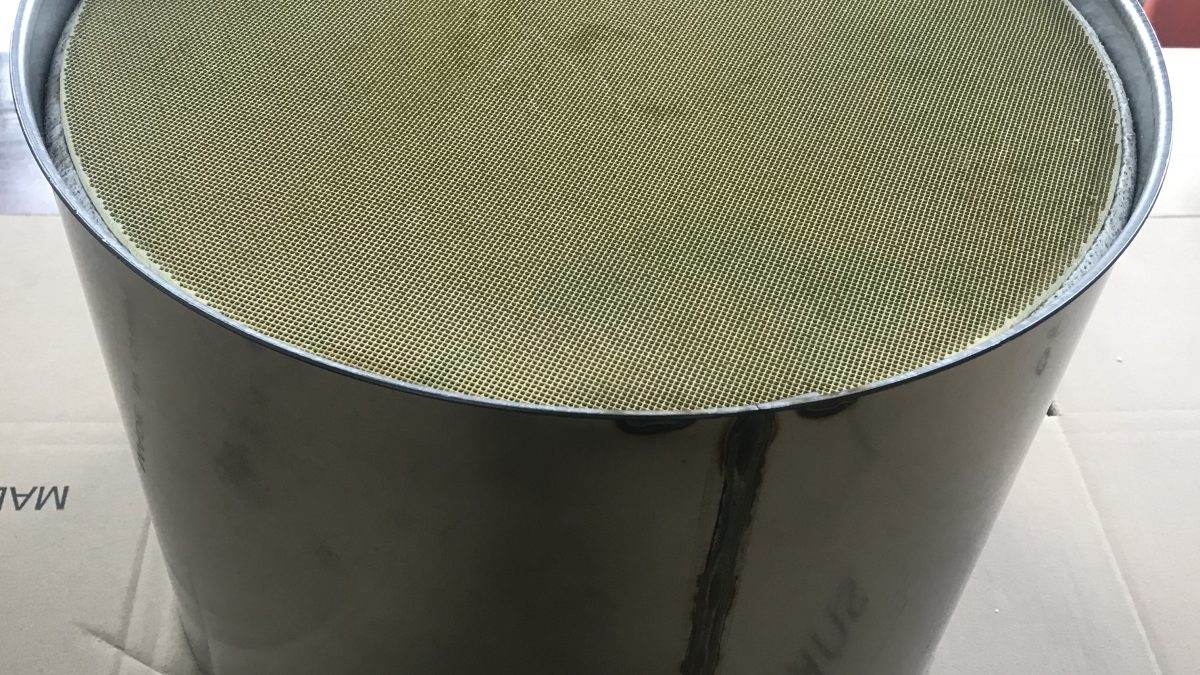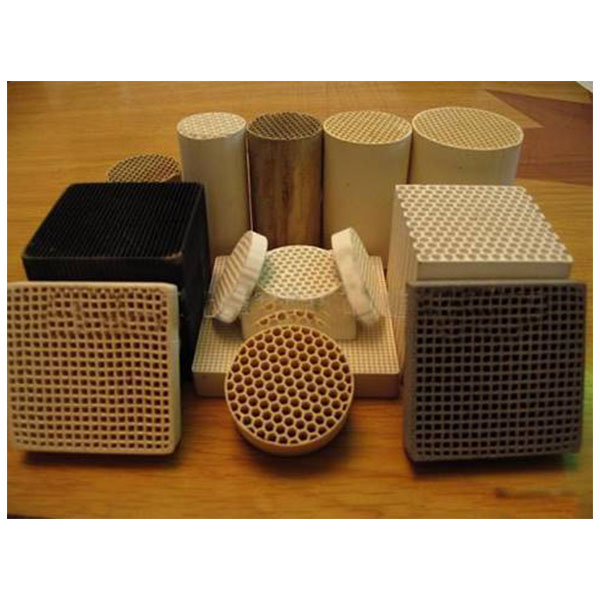The Reasons of DPF blockage in the vehicle

catalyst converter
1.Using inferior engine oil: During engine operation, a small amount of engine oil will participate in combustion. When the piston moves back and forth in the cylinder barrel, a layer of oil film is formed on the inner wall of the cylinder. During the combustion process inside the cylinder, high temperatures are generated, causing some of the oil film to burn off. After the oil is burned, a type of ash is produced. Due to the fact that ash is an inorganic substance that cannot be further burned and decomposed, once formed, it cannot be removed from the vehicle (DPF mainly captures carbon particles in the exhaust, mainly carbon smoke, but it also contains ash inside. Carbon smoke particles can be treated at high temperatures through regeneration, but ash cannot). This is why it is necessary to carry out ash removal after the vehicle has traveled kilometers (using low ash engine oil can greatly extend the ash removal distance). Using low ash engine oil can reduce ash emissions from the exhaust gas at the source.
2.Using inferior diesel fuel: Using non National VI standard diesel fuel (with high sulfur content, moisture content, and impurities) can produce sulfides and nitrates, which adsorb on DOC, causing deactivation of DOC coating catalysts, poisoning and failure of DOC. Failure of DOC can lead to regeneration not functioning properly. Due to the unsatisfactory regeneration effect, too much carbon smoke can deposit inside the DPF, causing the DPF to crack or melt due to the loss of temperature control ability during the regeneration process, Even damage to other post-processing components.

Catalyst Components After treatment system
